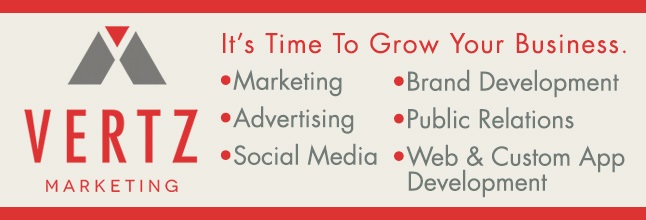Seniors have a variety of options for Senior health coverage for those 65+ and retired in retirement. Most retirees move to Medicare at age 65, but those who want to keep their current employer-sponsored coverage may be able to continue it through COBRA or state continuation, their spouse’s plan or the marketplace. Short-term insurance plans are also an option for those who need coverage until they can transition to a marketplace plan.
Medicare is the federal health care program for people age 65 and over, as well as those with certain disabilities or end-stage renal disease. It includes hospitalization and medical insurance, with prescription drug coverage available through Part D. Most people automatically enroll in Medicare Parts A and B when they turn 65, but you can sign up for it earlier if you’ve paid 10 years worth of Medicare taxes or received SSDI checks for 24 months because of a disability or end-stage renal disease (Lou Gehrig’s Disease). You can apply during the three months before your 65th birthday month through the month after.
Private insurers sell supplemental policies that fill in the gaps left by Original Medicare. These policies are commonly known as Medigap, and they’re designed to pay for deductibles, coinsurance and copayments. Some of these plans can also cover long-term care expenses, which are typically not covered by health insurance or Medicare.
New York offers a special benefit that helps low-income Medicare beneficiaries with out-of-pocket costs. You can find out more about this from NY Connects, the health insurance marketplace, or from your local Health Insurance Information, Counseling and Assistance Program (HIICAP).
Whether you’re enrolling in Medicare at age 65 or making the switch from your employer-sponsored plan to the Marketplace, it’s important to know how your income will affect your eligibility for subsidies, which lower your monthly premiums. The ACA uses a formula called modified adjusted gross income, or MAGI, to determine your subsidy eligibility. Your MAGI will be based on your income for the entire year, so it’s a good idea to get an accurate picture of what you’ll be earning in retirement before you choose your marketplace plan.
Once you’ve chosen a marketplace plan, you should be able to access your personal dashboard to see your projected subsidy amounts each month. You should also be aware of the deadlines for changing your plan or cancelling your coverage, which vary from one marketplace to the next. For example, some marketplaces have open enrollment periods that run from November 15 to December 31, while others don’t have open enrollment at all.





